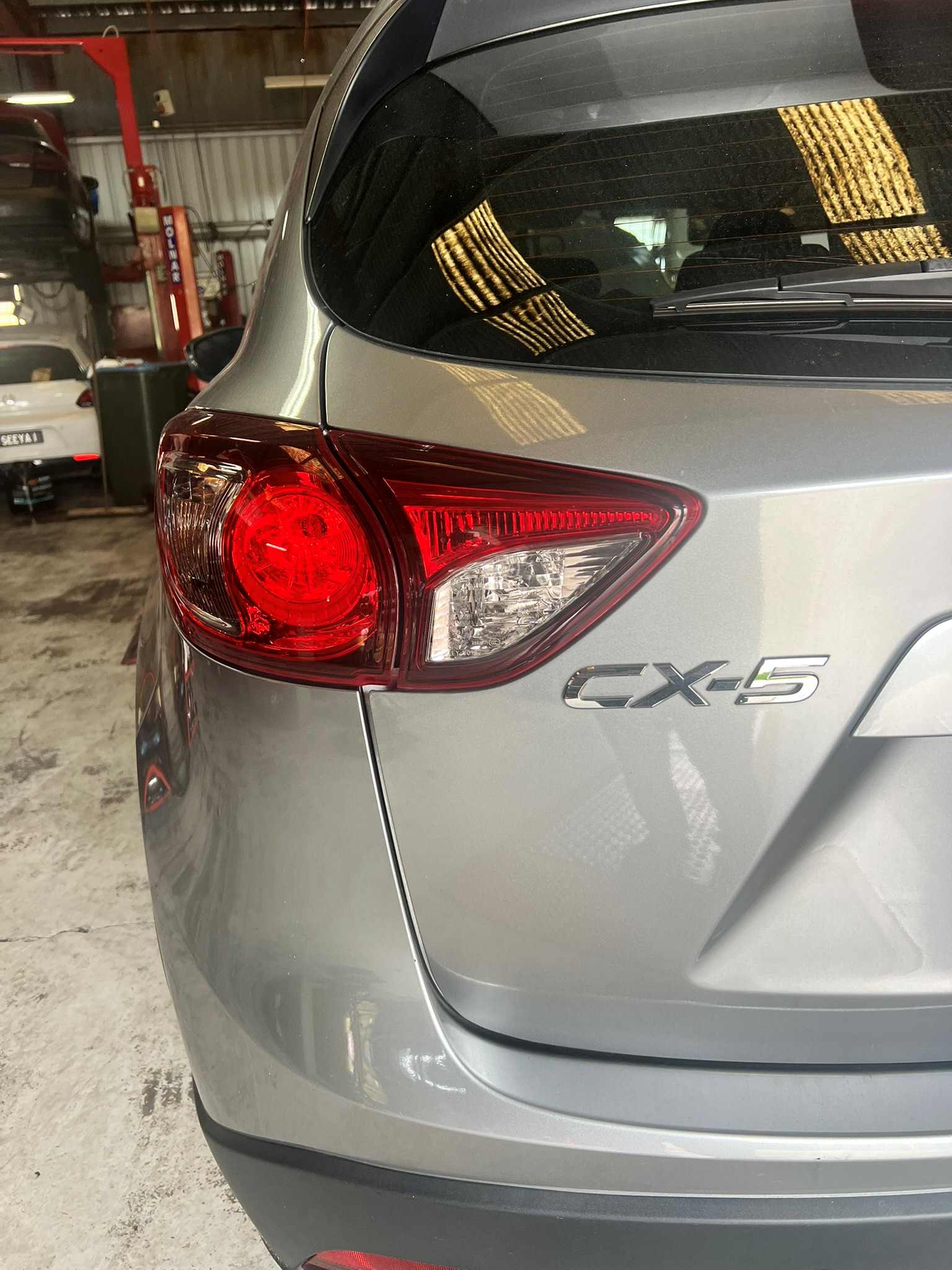Mazda CX-5 Diesel Diagnostics

Mazda CX-5 Diesel Diagnostics
The Mazda CX-5 diesel has garnered attention for its blend of performance and efficiency. However, like many modern diesel vehicles, it has encountered specific issues related to the Exhaust Gas Recirculation (EGR) system, fuel pumps, and camshafts. Understanding these potential problems can help owners maintain their vehicles more effectively and address concerns proactively.
1. Exhaust Gas Recirculation (EGR) System Issues
The EGR system recirculates a portion of the engine’s exhaust gases back into the combustion chamber to reduce nitrogen oxide emissions. Over time, this system can develop problems:
Carbon Build-Up: The EGR valve and associated components can accumulate carbon deposits, leading to restricted airflow and reduced engine performance. Symptoms include engine misfires, vibrations, and the illumination of the check engine light.
Valve Malfunction: A faulty EGR valve can result from loss of vacuum, diaphragm perforation, or the valve becoming stuck open or closed. Such malfunctions can cause rough idling, decreased fuel efficiency, and increased emissions.
Regular maintenance, including periodic inspection and cleaning of the EGR valve, can mitigate these issues. In some cases, replacement may be necessary to restore optimal function.
2. Fuel Pump Failures
The CX-5 diesel is equipped with both low-pressure and high-pressure fuel pumps, each susceptible to specific problems:
Low-Pressure Fuel Pump: Failures in the low-pressure fuel pump, often due to impeller deformation, can lead to engine sputtering, stalling, and difficulty starting. Mazda has acknowledged this issue, leading to recalls to replace defective pumps.
High-Pressure Fuel Pump: Malfunctions in the high-pressure fuel pump can cause significant drivability issues. Symptoms include loss of power and engine stalling. In some instances, both fuel pumps have failed simultaneously, complicating diagnosis and repair.
Owners experiencing such symptoms should seek immediate diagnostic services to prevent further engine damage.
3. Camshaft and Associated Component Concerns
The camshaft plays a crucial role in engine timing and operation. In the CX-5 diesel, specific issues have been reported:
Camshaft Wear: Premature wear of the camshaft can occur due to oil contamination or inadequate lubrication. This wear can lead to reduced engine performance and, if unaddressed, severe engine damage.
Vacuum Pump Failure: The vacuum pump, driven by the camshaft, can fail if the camshaft itself is compromised. Such failures can affect various systems, including brake boosters, leading to decreased braking efficiency.
Regular oil changes with the manufacturer-recommended oil type and viscosity are essential to prevent such issues. Additionally, monitoring oil levels and quality can help detect potential problems early.
Preventive Measures and Recommendations
To minimize the risk of encountering these issues, CX-5 diesel owners should consider the following:
Adhere to Maintenance Schedules: Follow Mazda’s recommended service intervals, paying particular attention to the EGR system, fuel system, and engine components.
Use Quality Fuels and Lubricants: Utilize high-quality diesel fuel and engine oils that meet Mazda’s specifications to ensure optimal engine performance and longevity.
Stay Informed About Recalls: Regularly check for recalls related to your vehicle’s model year and engine type. Promptly addressing recalls can prevent potential failures and enhance vehicle safety.
By staying vigilant and proactive, Mazda CX-5 diesel owners can maintain their vehicles’ reliability and performance, ensuring a satisfying driving experience.